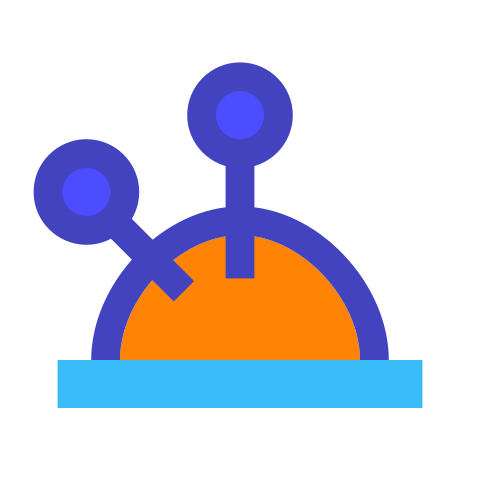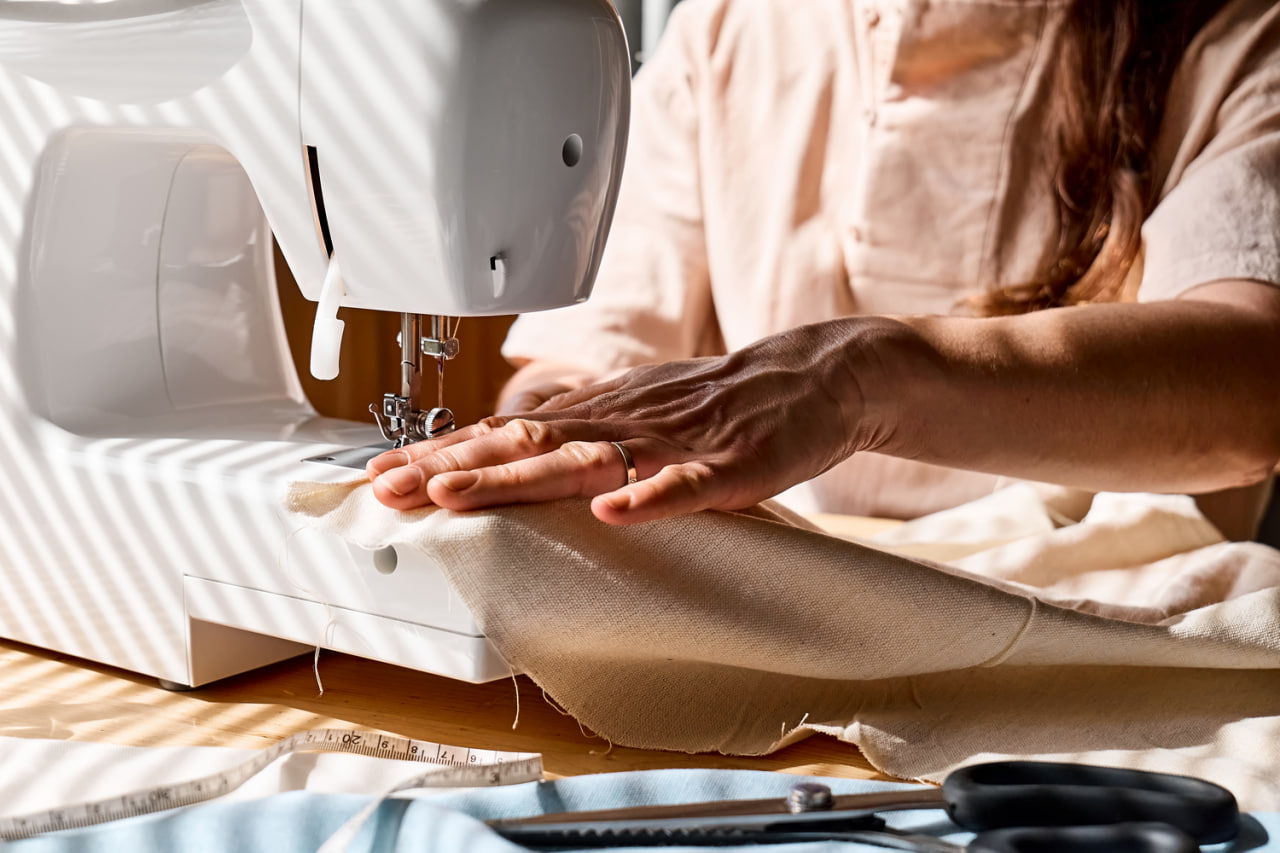Introduction to Sewing Tools
Starting a sewing journey can feel overwhelming, but having the right tools makes all the difference. Essential sewing tools not only simplify tasks but also improve accuracy, safety, and overall enjoyment. Whether you are learning to mend clothes, create custom garments, or explore creative projects, the right equipment provides a strong foundation for skill development.
Investing in high-quality tools early on ensures durability and better results, while also helping beginners gain confidence. Understanding the purpose and proper use of each tool allows for a smoother learning process and more professional-looking projects.
Basic Hand Tools
Hand tools are the most fundamental items for any sewing kit. They allow for precision, control, and ease of use in various tasks.
- Scissors – A good pair of fabric scissors is essential. Dedicated scissors for cutting fabric prevent fraying and ensure clean, precise cuts. Small detail scissors are helpful for trimming threads and fine work.
- Pins and Pin Cushions – Pins hold fabric pieces together before sewing, allowing for accurate alignment. A pin cushion keeps pins organized and prevents them from getting lost.
- Seam Ripper – Mistakes happen, and a seam ripper allows you to remove stitches without damaging the fabric. It is an indispensable tool for correcting errors and making adjustments.
Measuring and Marking Tools
Accurate measurement is crucial for achieving well-fitted garments and symmetrical designs.
- Measuring Tape – Flexible measuring tapes are used to measure body dimensions, fabric lengths, and seam allowances.
- Rulers and Yardsticks – Provide straight edges and accurate measurements for cutting fabric or drawing patterns.
- Fabric Markers and Chalk – Used to mark fabric for cutting, sewing lines, or alterations. Markers should be removable or fade with heat to avoid leaving permanent marks.
Proper measuring and marking tools help ensure precision, reduce errors, and make the sewing process more efficient.
Sewing Machine Essentials
A sewing machine is central to many projects, and having the right accessories ensures smooth operation.
- Needles – Different needle types are used for various fabrics. Universal needles work for most materials, while specialty needles handle stretch, denim, or leather.
- Thread – High-quality thread in neutral colors and matching shades is essential. Cotton, polyester, and specialty threads are used depending on fabric type.
- Bobbin and Bobbin Case – Properly wound bobbins ensure smooth stitching and prevent tangling. Extra bobbins allow for quick thread changes.
- Presser Feet – Standard and specialty presser feet aid in sewing zippers, hems, and decorative stitches.
Familiarity with your sewing machine and its accessories enables more versatile and professional results.
Cutting and Finishing Tools
These tools are crucial for preparing and refining your fabric pieces.
- Rotary Cutter and Cutting Mat – A rotary cutter provides precise, straight cuts and is especially useful for quilting or repetitive cutting tasks. A self-healing mat protects surfaces and prolongs blade life.
- Iron and Ironing Board – Pressing seams and fabrics during construction ensures neat, professional finishes. An iron is also essential for setting hems and folds.
- Thread Snips and Clippers – Small, sharp snips make trimming threads fast and clean, preventing snagging or tangling.
These tools improve accuracy, reduce mistakes, and give garments a polished, finished appearance.
Storage and Organization
Organizing your tools and materials promotes efficiency and reduces frustration.
- Toolboxes and Storage Bins – Keep scissors, needles, threads, and small accessories neatly organized.
- Thread Organizers – Separate spools by color and type to easily locate what you need.
- Project Bags – Store ongoing projects to keep materials protected and ready to work on anytime.
An organized workspace saves time, prevents loss of tools, and allows more focus on creative sewing.
Additional Helpful Accessories
Beyond the basics, some accessories enhance comfort, safety, and versatility.
- Thimble – Protects fingers when hand-sewing thick fabrics or multiple layers.
- Seam Gauge – A small ruler with a sliding marker, ideal for measuring hems, pleats, and seam allowances precisely.
- Pattern Weights – Hold patterns in place while cutting, preventing shifting and uneven edges.
Incorporating these tools into your sewing practice increases precision, reduces fatigue, and encourages experimentation with more complex projects.

